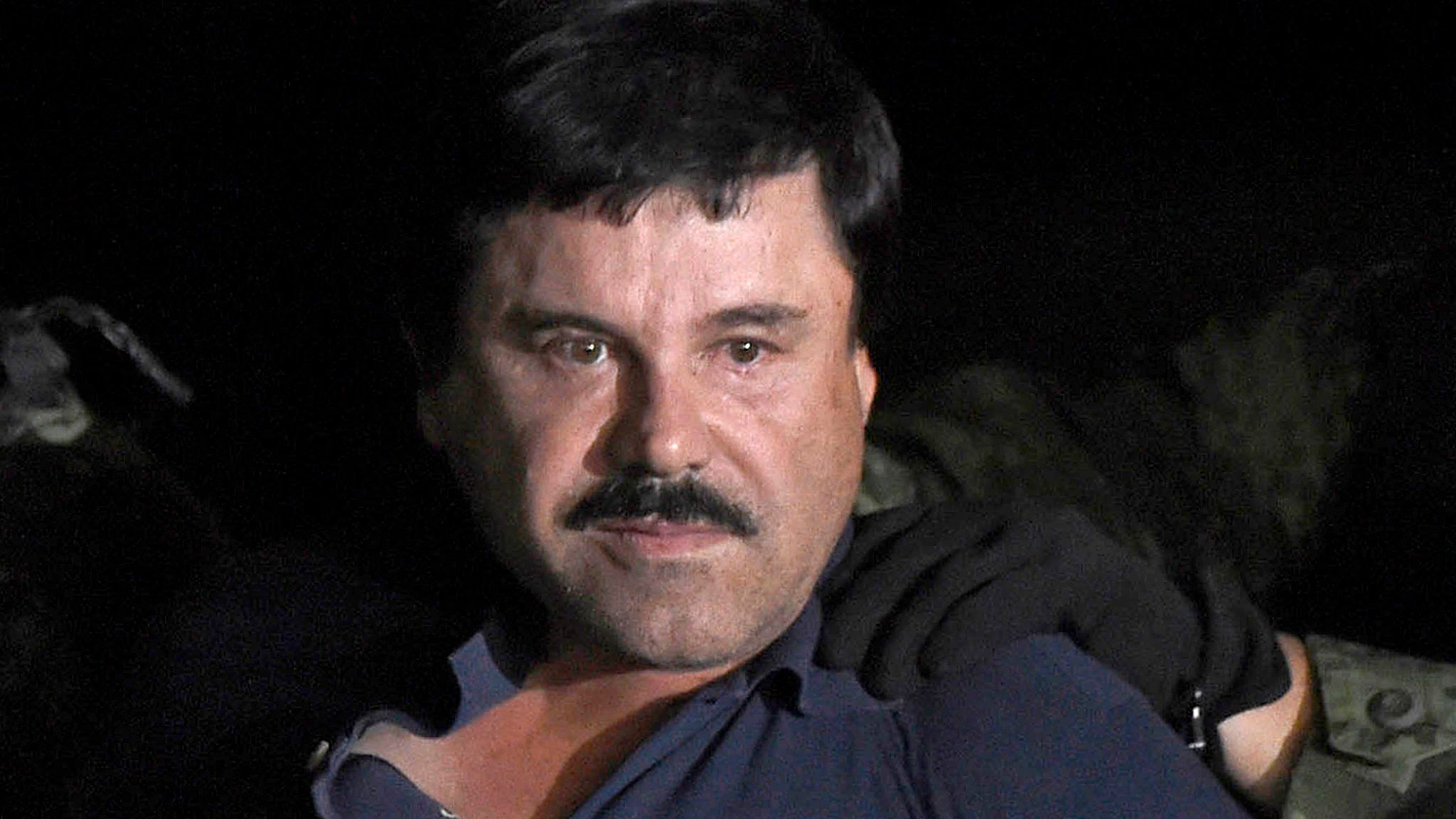[ad_1]
The National Treasury is hiding Kenya’s true budget deficit by using wrong figures, the Parliamentary Budget Office (PBO) has said.
The Budget Office, which is funded by the taxpayer to provide professional services to Members of Parliament, says Treasury is masking the true deficit by using a set of numbers that ignores adjustments.
The office also accused Treasury of overshooting the budget ceiling given by Parliament and approved through its own Budget Policy Statement (BPS), which is prepared months in advance. The PBO says the 2019/2020 budget is higher than the approved ceiling by Sh78 billion.
“The higher expenditure levels have been accommodated through upward adjustments in the revenue projections from the BPS level by approximately Sh35 billion,” the PBO report to Parliament notes. The report, “Unpacking the Estimates of Revenue and Expenditure for 2019/20 and the Medium Term”, is prepared for legislators to guide them in deliberations over the next budget cycle that starts on July 1.
“This masks the true deficit by seemingly maintaining it at the BPS level despite the higher expenditure adjustments,” PBO says in its report.
A budget deficit, also known as a budget hole, occurs when expenses are more than revenue. It is the difference between the amount of money the country can raise from its internal sources of revenue, mainly through taxes and Appropriations in Aid, and its actual budget.
“Should the economy not perform as expected, there will be need to drastically reduce the budget deficit through a supplementary. This undermines the credibility of the budget and is the main reason behind pending bills and stalling of projects,” the PBO report says in part.
The fiscal deficit is projected at Sh607.8 billion (5.6 per cent GDP). This will be financed through net external financing of Sh324.3 billion, net domestic borrowing of Sh289.2 billion and other domestic receipts (Sh5.7 billion).
RECURRENT
“It should be noted however, that a low fiscal deficit has been a moving target for the government,” PBO says.
Treasury, however, maintains that it has been working to reduce the budget deficit over the years. Principal secretary Kamau Thugge told Nation that the fiscal deficit has been narrowing from nine per cent of the GDP in 2016 to 6.8 per cent this year.
“The budget submitted to Parliament in April reduces it further to 5.6 per cent of GDP,” he said.
The deficit is not the only thing the PBO has disagreed on with the National Treasury.
It continues to give a different value for the actual size of the budget by including all the debt repayments and billions of money allocated to the Consolidated Fund Services (CFS) that are usually left out or reported separately by the National Treasury.
The PBO says the total budget for the three arms of government, including the county allocation and the CFS during the 2019/2020, is estimated as Sh3.08 trillion. Treasury gave its budget figure as Sh2.7 trillion.
The budget office has also raised the red flag on the increase in the recurrent expenditure by ministries.
The bulk of recurrent spending, which translates to about 57.7 per cent total recurrent budget by ministries, departments and agencies (MDAs), is under the State Department of Interior (the policing services programme).
Other ministries fingered are the Ministry of Defence (the Defence programme), the State Department of Early Learning and Basic Education (secondary education programme), the National Treasury (general administration and support services programme) as well as the Teachers Services Commission (teachers resource management programme).
The report says that, on the other hand, the bulk of capital spending (45 per cent of total MDAs capital budget) is accounted for by the State Department of Infrastructure under the program of road transport, the State Department of Transport under the program of rail transport, the Ministry of Water and Sanitation under the program of water and sewerage infrastructure development, State Department of Energy under the program of power transmission and distribution as well as the state department for housing and urban development.
The PBO says that the Big Four agenda programmes account for approximately 14.6 per cent of the total budget.
The bulk of these resources (Sh374.1 billion) is for implementation of the enablers while Sh76.1 billion is for the drivers.
“There is a general concern that the resources made available for implementation of the big four may not be adequate,” the report says.
According to the Medium-Term Plan III, approximately Sh367.334 billion is required to implement the Big Four development masterplan in 2019/20.
According to the plan, the indicative 2019/2020 budget for agriculture and livestock is estimated at Sh55.97 billion, manufacturing at Sh125.42 billion, health at Sh82.8 billion and population, urbanisation and housing at Sh103.15 billion.
It points out that a major hindrance is the lack of a clear collaborative framework between the national and county governments.
“Two of the big four pillars, Agriculture and Health, are actually devolved functions. There is need for a clear collaborative framework between the two levels of government in order for the plan to be implemented adequately.”
[ad_2]
Source link
Kenyan Business Feed is the top Kenyan Business Blog. We share news from Kenya and across the region. To contact us with any alert, please email us to [email protected]












